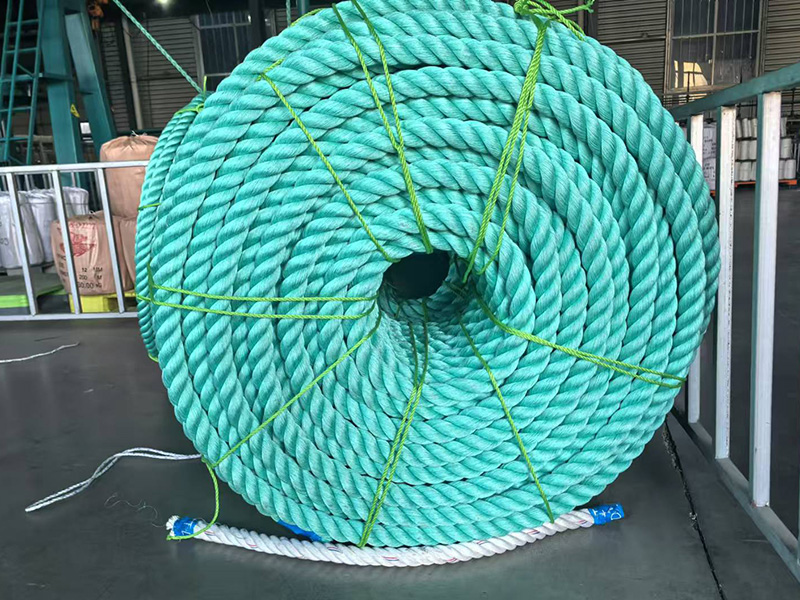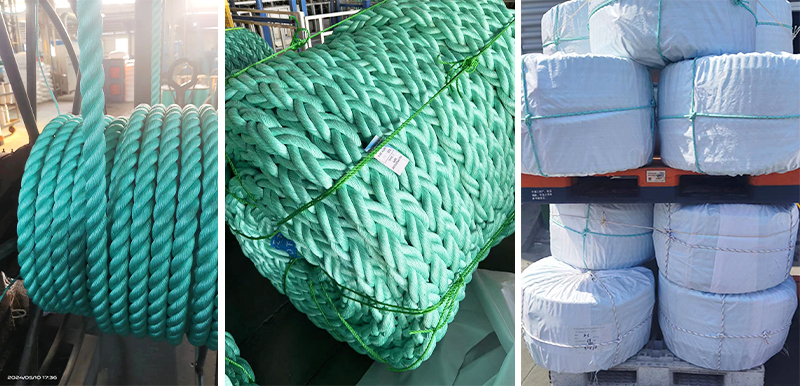2025-02-25by R-LIFTING

Polypropylene rope is one of the most common types of rope used in everyday life. Despite its relatively cheap cost, it is usually constructed to a very high standard and it possesses a number of useful characteristics – characteristics that make it suitable for many applications, in both domestic and commercial settings. For example, polypropylene rope is incredibly strong and durable. It is rot-proof and resistant to moisture and, thanks to its low-density textile fibers, it is light enough to float on the surface of water. It can also be easily tied into knots and it does not react with any chemicals or solvents. Polypropylene rope is – quite simply – an effective and economical choice for many projects and, in the following , we take a look at some of the main industries and sectors that put it to good use on a day-to-day basis.
1. Marine and Fisheries
Braided polypropylene rope is notorious for its use in the marine and fishing industries. This is, by far, its most common application and it is easy to understand why. The rot-proof and water-resistant properties of polypropylene make it an ideal option for situations where a rope is likely to get wet (such as onboard a boat or ship) and, for this reason, it is often used as an anchor line, winch, or life rope. It doesn’t readily tangle with the propellers on the boat’s motor and, as it is capable of withstanding wet and windy weather conditions, it is likely to last a long time. Polypropylene rope is also commonly used to create sturdy fishing nets and its strength makes it a viable option for use as a ship hawser – easily towing and mooring ships into a port or shipbuilding yard.
2. Construction and Engineering
As a result of its tough and hard-wearing three strand construction, twisted polypropylene rope is frequently employed in the construction and engineering industry. In this context, it is mainly used to create large nets that are capable of carrying heavy construction materials from one location to another; however, it also has a number of other uses.
For example, it is commonly used as safe, sturdy pulley ropes. It can often be seen lining the outside of construction scaffolding, thus creating a strong and effective safety barrier and reducing the likelihood of any accidents. It is also added to the soil of many construction sites – thus enhancing its overall strength and creating the best possible foundations before building work begins.
In addition, Polypropylene ropes have the ability to float and absorb little to no water. They are made with versatility in mind, allowing them to be great for several general-purpose uses. Their lightweight and flexible features help with easy handling of the ropes for different projects.
